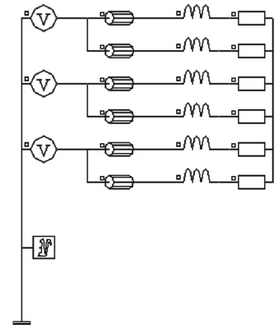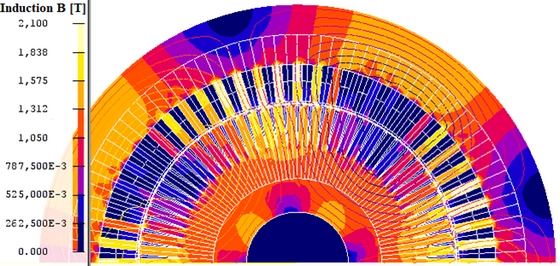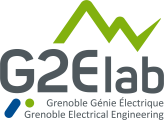In a few years, Tesla Motors Inc. has succeeded in establishing itself as one of the market leaders in the electric car market. The Tesla Model S, its first flagship vehicle, still arouses the interest and curiosity of engineers around the world, thanks to the manufacturer’s technological secrets and bold choices, in particular about the unusual use of an induction machine in a mass-produced car. Thus, this article aims to present an accurate 2D finite element model of the Tesla Model S 60 induction motor. For this purpose, all the needed data are gathered and completed. Then, a model of the machine is made with Altair Flux2DTM software and several operating points are simulated in order to validate the created model, according to data available in literature. Finally, an analysis of the machine design or operating conditions is made in order to propose possible justifications to some of the technical choices made by Tesla engineers.
This paper will be available very soon on HAL.
Presented at
This article is presented at International Conference on Electrical Machines (ICEM) 2020. Its title is "Modelling and design analysis of the Tesla Model S induction motor". The authors are Robin THOMAS, Lauric GARBUIO, Laurent GERBAUD and Hervé CHAZAL from G2Elab's research teams.This paper will be available very soon on HAL.
Pictures
 |
 |
| Equivalent electrical diagram of the studied machine implemented in the 2D finite element model |
Tesla Model S 60 induction machine 2D FE model with flux density levels and field lines at maximum power operating point (the flux density scale is limited to 2.1T and the saturated areas are shown in grey) |
Downloadable model description
The downloadable model is the Tesla Model S60 2D finite element electromagnetic model made with Altair Flux2DTM software and presented in the article. It includes the geometry, the materials characteristics and the implemented equivalent electrical diagram in the case where the motor is fed by three voltage sources. This model can be used for pedagogical purposes or to carry out retro-engineering studies on the design or operation of the machine.The files are shared under a CC-BY 4.0 license.- Download link:
https://cloud.univ-grenoble-alpes.fr/index.php/s/HDmtTPqirsSRZT9
- To cite this work:
R. Thomas, L. Garbuio, L. Gerbaud and H. Chazal, "Modeling and design analysis of the Tesla Model S induction motor," 2020 International Conference on Electrical Machines (ICEM), 2020, pp. 495-501, doi: 10.1109/ICEM49940.2020.9270646.
Infos date
An accurate 2D finite element model of the Tesla Model S 60 induction motor has been developed in G2Elab with Altair Flux2DTM software. This new model can be downloaded.
Contact:
Key words
2D finite element modeling
die-cast copper rotor
reverse engineering
squirrel cage induction machine
Tesla Model S
die-cast copper rotor
reverse engineering
squirrel cage induction machine
Tesla Model S


